Do you want to know how to choose between ERP and CRM? You came to the right place.
This article explains everything you need to know about ERP and CRM software, including their main differences and similarities, key features, price,andhow to get the most out of them.
ERP vs. CRM: What do they mean?
An enterprise resource planning (ERP) system helps companies manage their finances and resources, control costs, and meet production goals.
A customer relationship management (CRM) software helps companies manage the sales cycle and customer experience.
The Overview: ERP vs. CRM
An ERP system is a central database that integrates and connects automations and efficient resource allocation between company functions. The goal of ERP is to establish a unified system across different departments like finance, accounting, inventory, supply chain, HR, and sales.
On the other hand, CRM is a powerful tool for managing all customer relationships. Its goal is to foster stronger connections with your leads and clients. By implementing a CRM system, you can boost work efficiency, elevate sales teams’ performance, enhance customer satisfaction, and ultimately, drive revenue growth.
{{erp-crm-in-richtext}}
What is the difference between ERP and CRM?
The key difference between ERP and CRM is that ERP is mainly used for financial data and the finance department, while CRM is mainly used for customer data by the sales and customer service teams. Hence, people sometimes refer to the ERP as the back office and the CRM as the front office.
Another difference between ERP and CRM systems is that some ERP tools can include a CRM function, but CRM software systems usually do not.
For example, if you want to access order invoices or history, you can only do so by integrating ERP into your CRM (like Salesforce). ERP stores and handles all transactional data.
What are the similarities between ERP and CRM?
Both ERP and CRM utilize databases to store and manage data. Both of them allow for efficient organization, retrieval, and analysis of the information.
You can also deploy ERP and CRM systems in the same way. There are two modes of deployment for both ERP and CRM: on-premise and cloud-based (Software as a Service).
Cloud-based SaaS systems are now more popular than on-premise for both ERP and CRM systems since they are easier to use, are better for scalability, give more flexibility, require fewer internal resources, and have lower upfront costs.
There are also similarities between ERP and CRM historically. NetSuite (ERP) and Salesforce (CRM) pioneered their respective SaaS fields. However, CRM systems were the first to undergo cloud transition because ERP was used to manage sensitive financial data.
CRM systems, on the other hand, handle customer data, which was seen as less susceptive to privacy breaches at the time. CRM proved to be easier to design and build, while ERP initially required more effort to move to the cloud.
ERP vs. CRM: Pros and Cons
ERP pros:
- Central database
- Cross-functional digital integration
- Fewer errors
- Duplicate data elimination
- Easier decision-making
- Greater visibility into company performance
- Analytics
- Predictive reporting
- Automations
- Financial and resource-allocation control
- Cross-functional collaboration
- Scalability
ERP Cons:
- Steep learning curve
- Setup requires large data migration
- Requires investment of time, funding, and human resources
- Per-user pricing models can inflate costs over time
- Company-wide transformation requires buy-in and change management
CRM pros:
- Plans for every budget
- 360-view of customers, prospects, and leads
- Lead scoring and nurturing
- Customer interaction tracking
- Reporting
- Predictive insights
- Automations
- Competitor analysis
- Higher customer lifetime values
CRM Cons:
- Per-user pricing models can inflate costs over time
- Steep learning curve
- Risk for customer-data security breaches
- You may require tech support
Do you need an ERP or a CRM?
Choose an ERP system if your company goals revolve around financial and inventory management and streamlined production.
Choose CRM if your goals are to close more sales by attracting and engaging leads, building close customer relationships, and increasing their overall satisfaction with your product or service.
ERP and CRM examples
The most popular examples of ERP systems are:
- SAP S/4HANA: A robust ERP system offered by SAP. It caters to large enterprises with complex business needs across various industries.
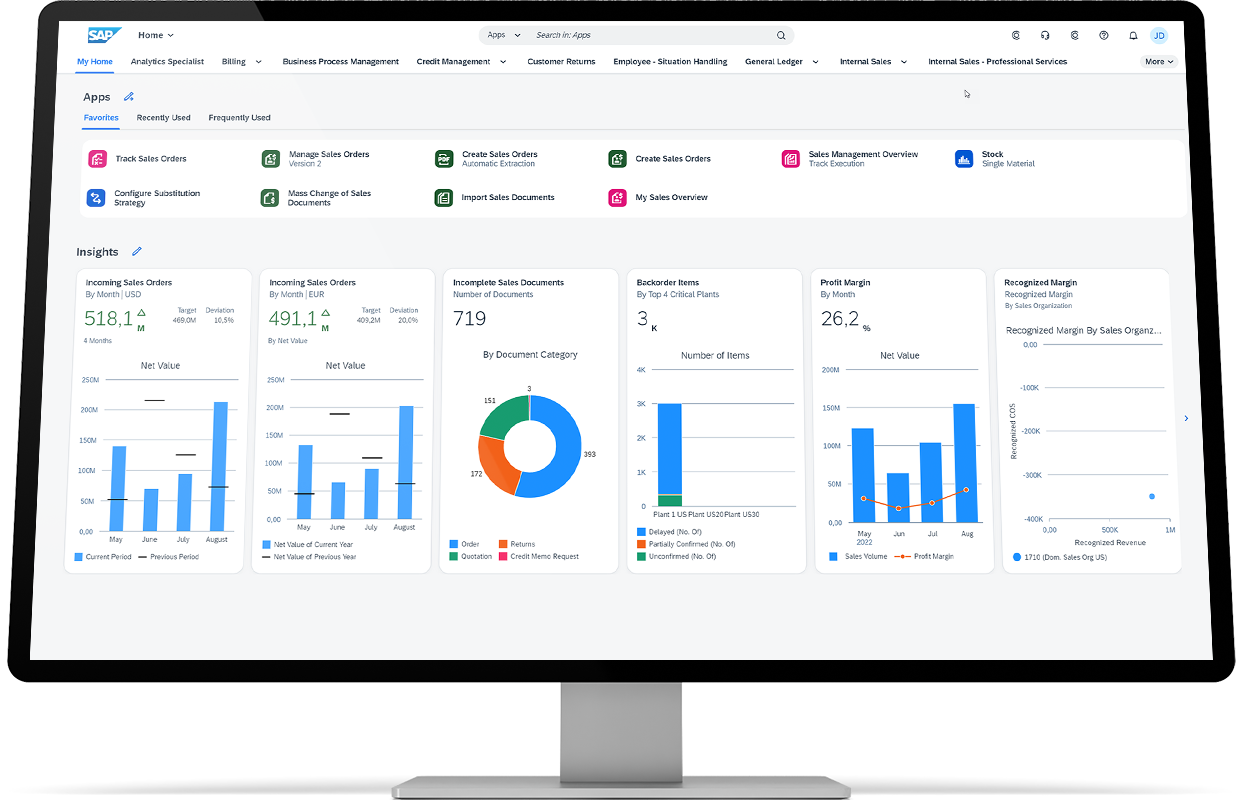
- NetSuite: A comprehensive cloud-based ERP solution from Oracle, suitable for mid-sized businesses across various industries.
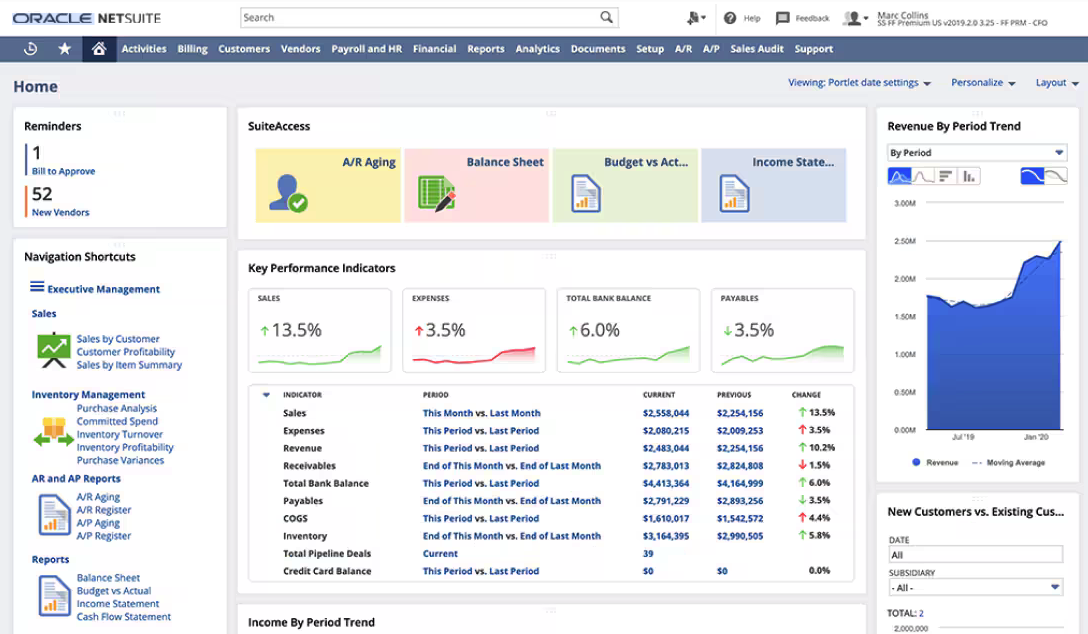
- Acumatica Cloud ERP: A cloud-based ERP system offering strong financial management features and catering to various business sizes and industries.
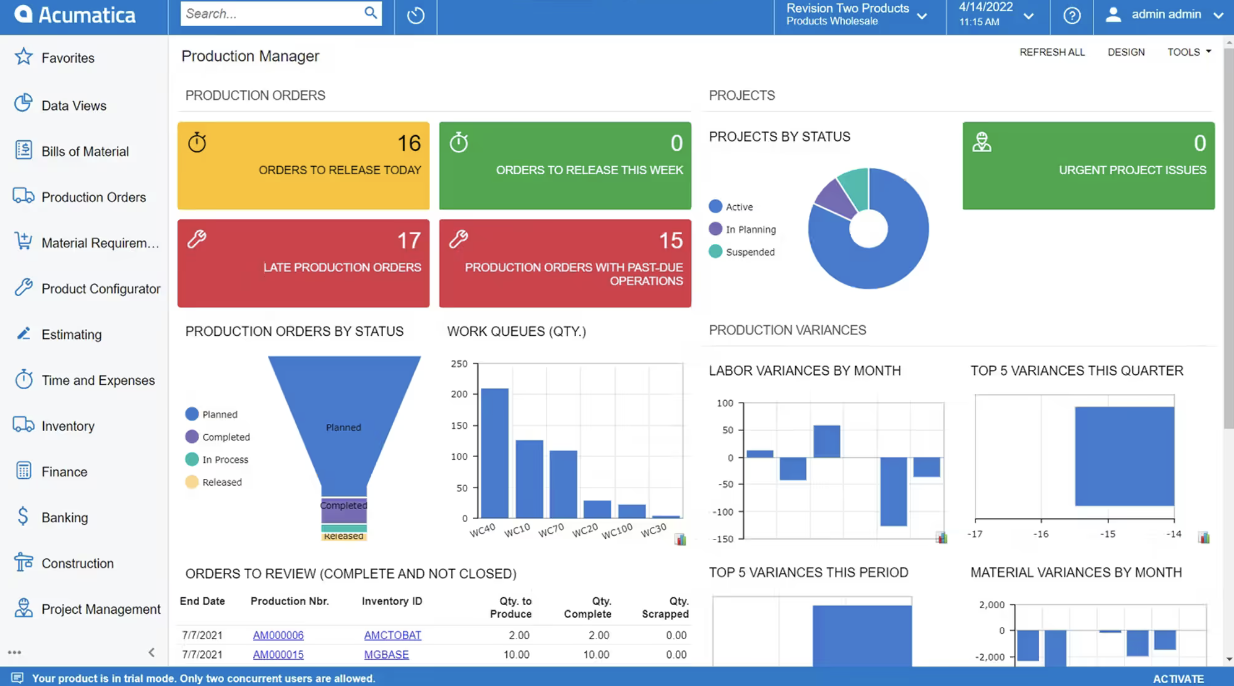
- Workday: A cloud-based ERP system focused on human capital management (HCM) and finance, ideal for mid-sized and large organizations.
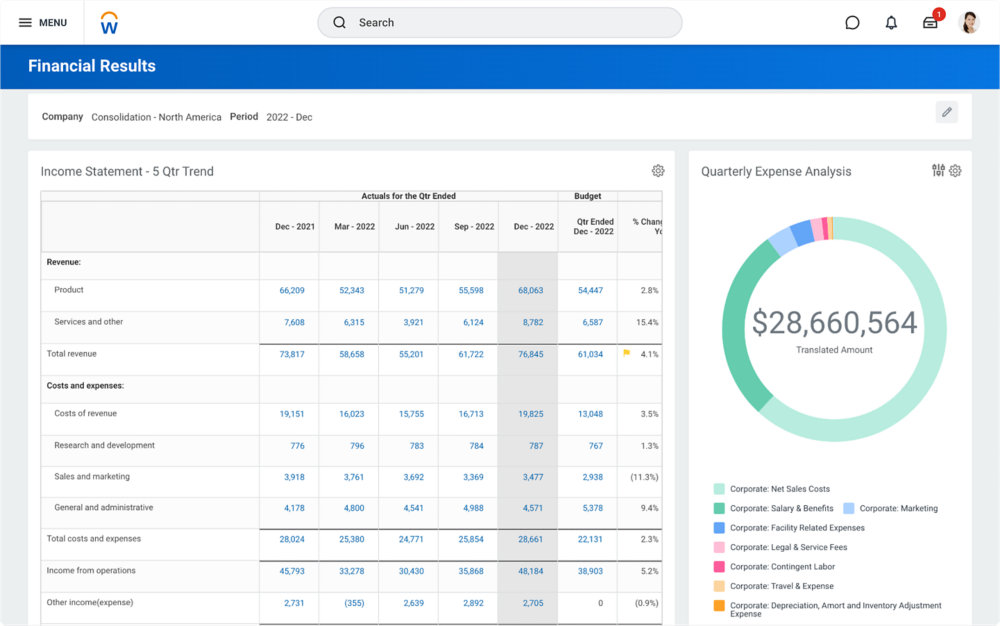
- Microsoft Dynamics 365: A suite of business applications from Microsoft, including an ERP module (Dynamics 365 for Finance and Operations). It’s a good option for businesses already using other Microsoft products.
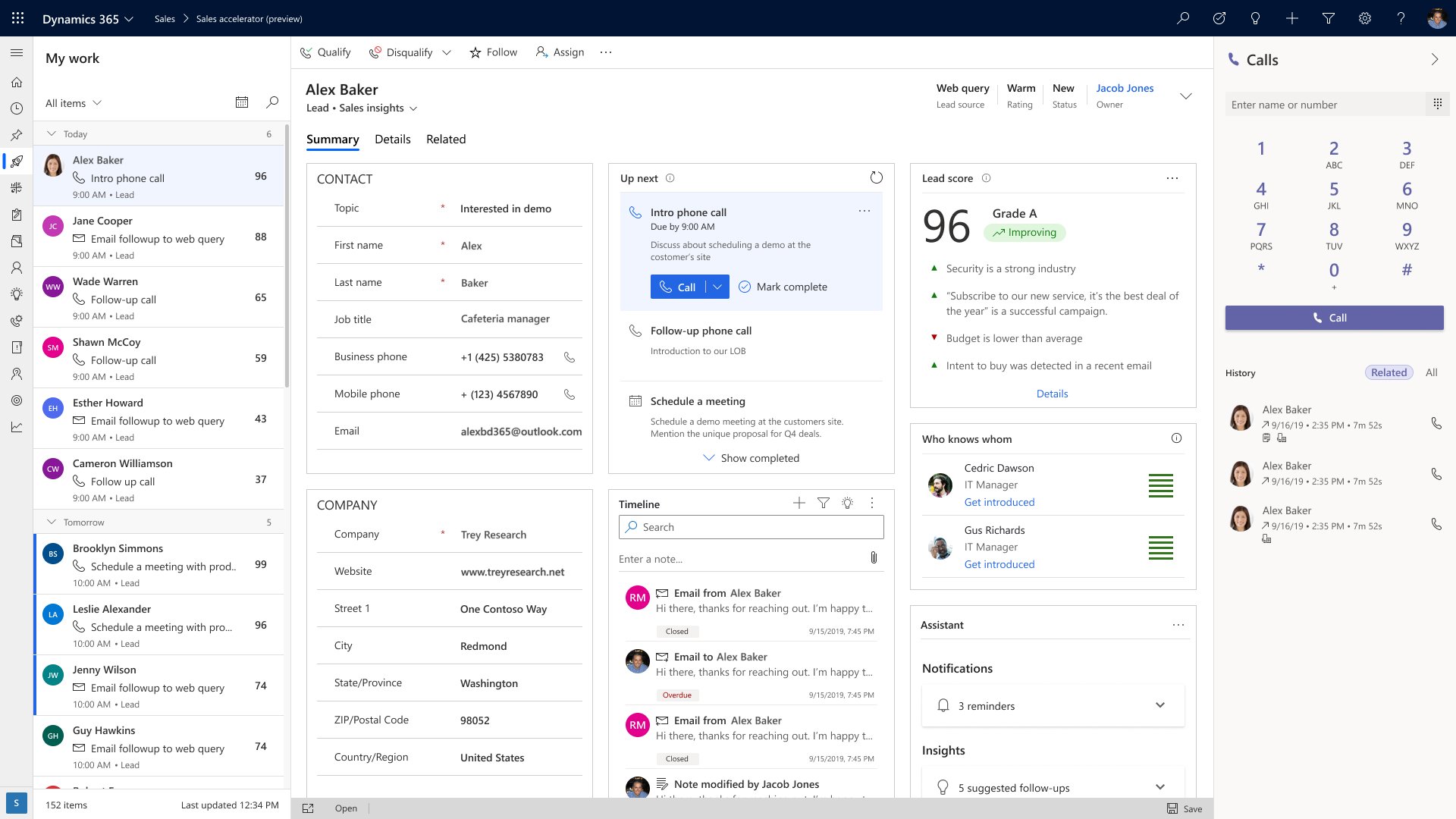
The most popular examples of CRM systems include:
- Salesforce Sales Cloud: A dominant player in the CRM market, Salesforce Sales Cloud offers a comprehensive suite of features for sales force automation, lead management, and opportunity management.
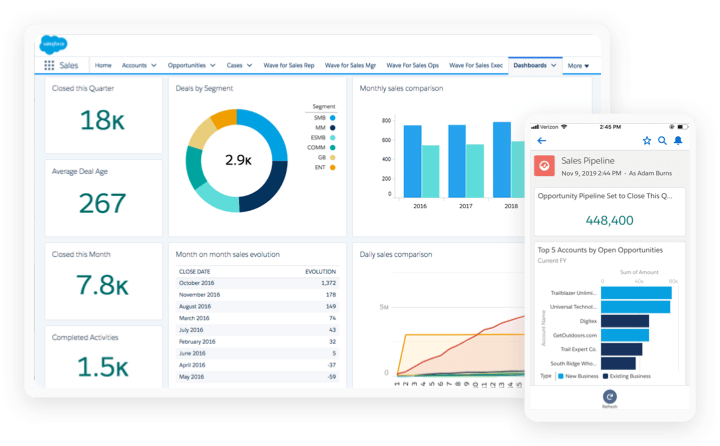
- HubSpot CRM: A popular CRM option for businesses of all sizes, offering a free CRM version alongside paid plans with marketing, sales, service, and content management features.
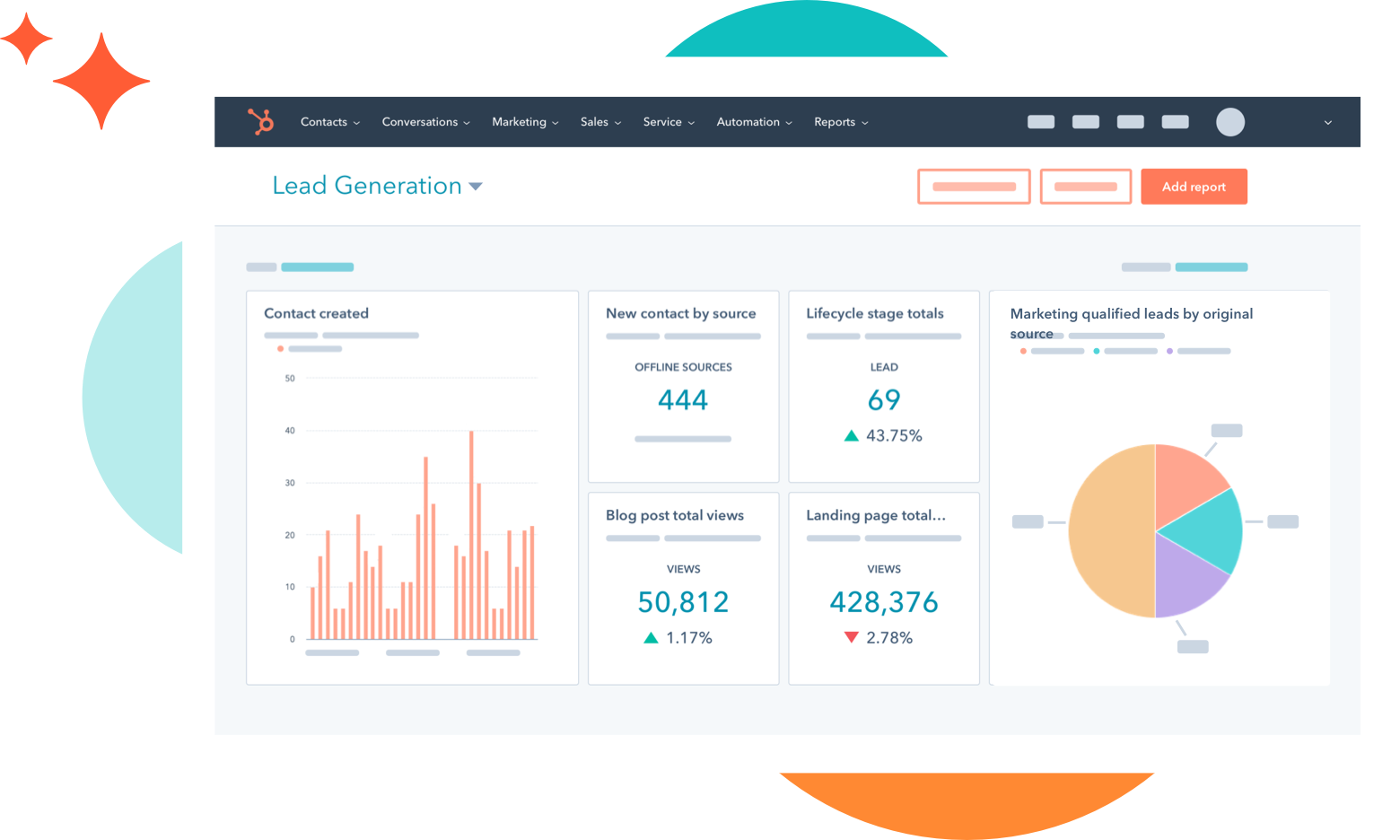
- Zoho CRM: A well-known CRM platform that offers a variety of features at an affordable price point. It is a good option for businesses looking for a CRM with a strong focus on sales and marketing.
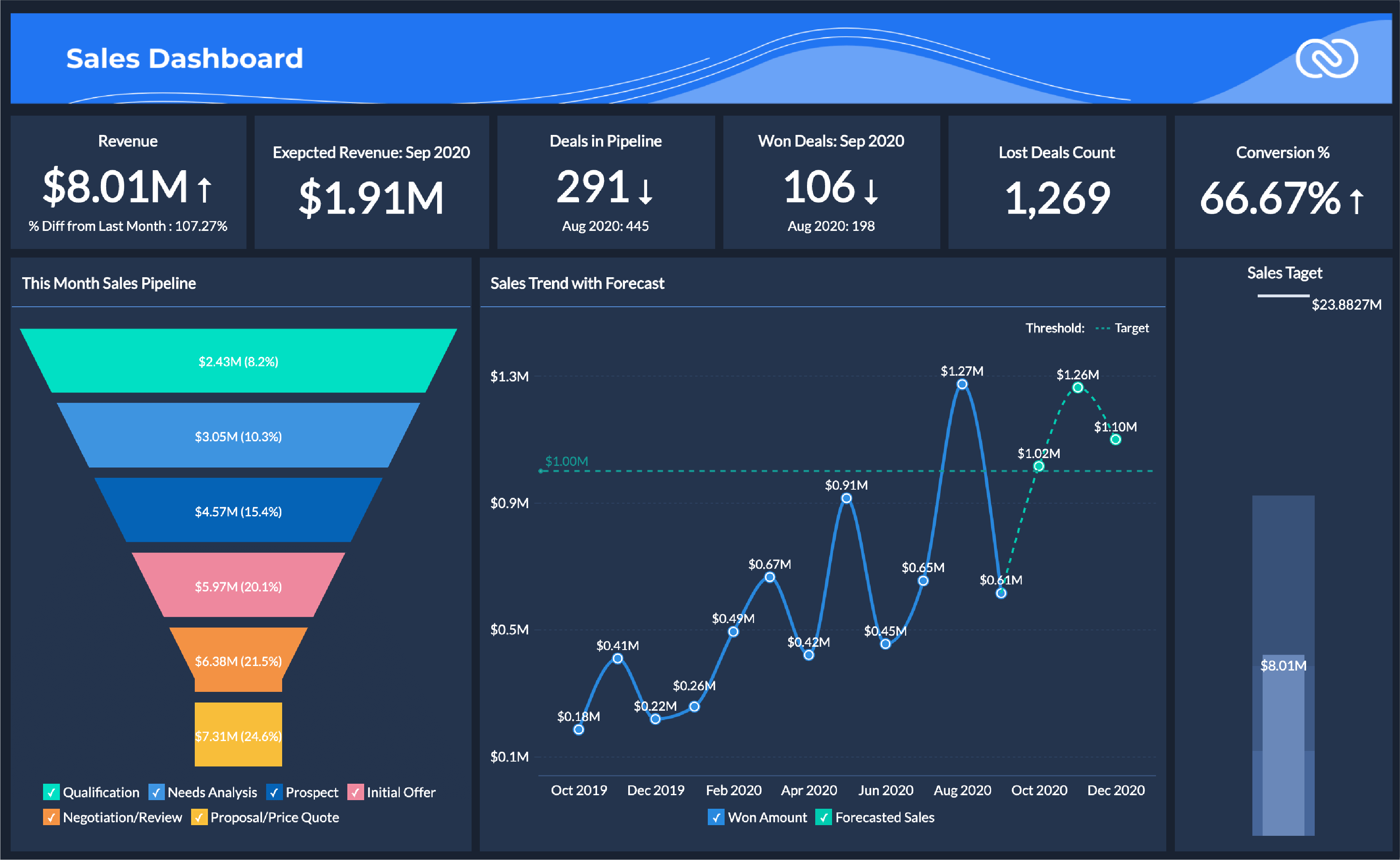
- Microsoft Dynamics 365 Customer Service: A customer service-focused module within the Microsoft Dynamics 365 suite, offering features for case management, knowledge base management, and omnichannel customer support.
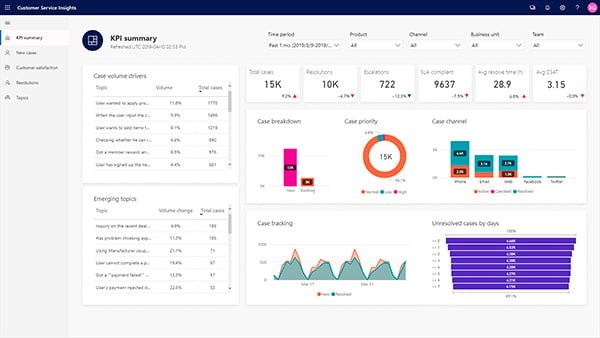
Key Takeaways
Enterprise Resource Planning (ERP) and Customer Relationship Management (CRM) are two distinct types of software that serve different purposes but can complement each other in a business setting.
ERP systems are designed to manage company resources, finances, and supply chains to improve efficiency and reduce costs, acting as the backbone of a company’s financial and operational processes.
In contrast, CRM software focuses on managing interactions with current and potential customers, aiming to improve sales, customer service, and business relationships.
Despite their differences, both ERP and CRM systems utilize databases for information management and offer cloud-based deployment options, making them scalable and flexible for businesses of various sizes.
Businesses must choose between these systems based on their specific needs: ERP for resource and financial management or CRM for enhancing sales and customer relations.
Make sure you check our in-depth guide about CRM on choosing the best CRM software for your business, as well as this article about the most popular types of CRM to have a better understanding of how customer relationship management works.
If you are looking for the best software to manage your personal contacts, this article about personal CRM is also a must-read.

